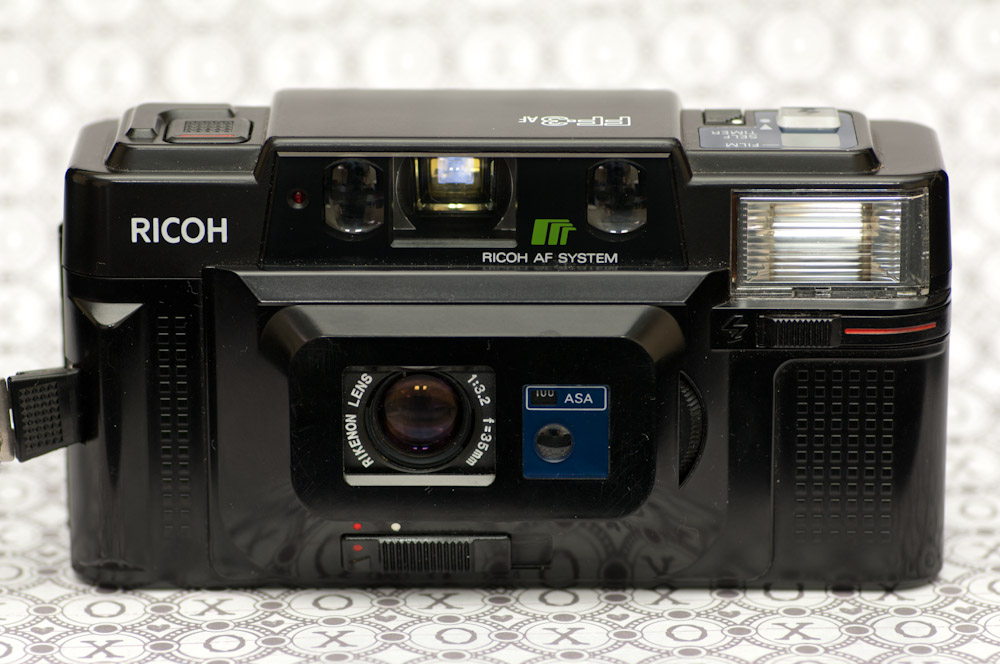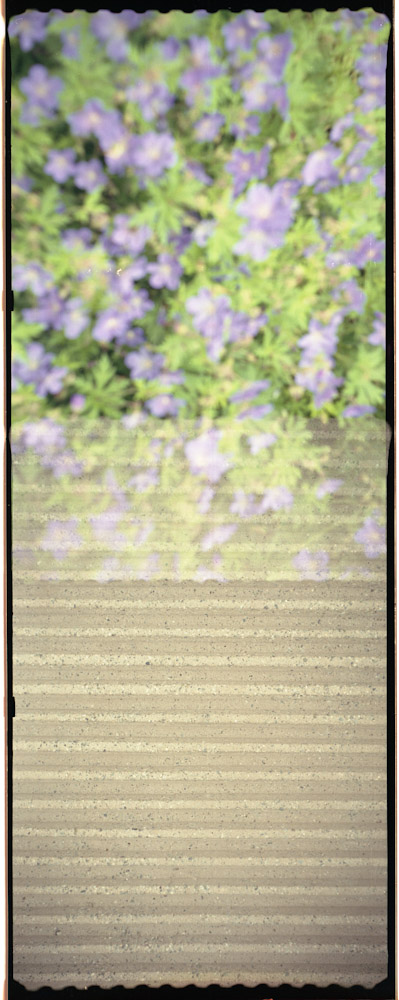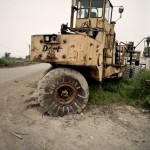Sun 24mm lens (The Jelly Fish)
A wonderful gift that I recieved from a friend is this Sun 24mm lens in Minolta MD mount. That’s ideal because I have my Minolta X-700 to use it with. If your wondering why in the world I would dub this lens The Jelly Fish just have a look at these highlights.
That’s not the only soft thing either the right side of all the images are definitely not in focus. As it is now so it was then, you get what you pay for. This lens though seemingly well built, optically is not. Oh well on the plus side it breeds Jellyfish which I hear is difficult to do.
Memory and pictures “This is not my Memory”
I feel fortunate that my father took a lot of pictures during my childhood. They form a certain kind of memory cue card that allows me to recall the events surrounding the images, even the feelings associated with them. I think that that may be a part of what makes them special, that attachment to specific events and times. In contrast today we seem to be taking so many pictures of so many events that maybe each individual image looses some of it’s ability to be a mnemonic and becomes just visual noise. How long will an image be relevant if it is superficial to us now? My dad shot Kodachrome slides, at the rate of about 3 to 4 36 exposure rolls per year. This is a number and an amount of visual information that is easily retained. How can we deal though with thousands and even tens of thousand of images each year? Does it really provide us with more information or is it diminishing returns? There was a certain different social aspect to watching slides then as well. While we share many images online with our friends, families and strangers it tends to be a solitary experience lacking the immediacy of a group of people all in the same place at the same time pointing at the same thing. This was the way that those images my father took were re-enforced within my memory.
There is a degree of satisfaction though, derived from having others acknowledge your work online. I don’t believe I could have finished this piece without the online community of Mytubo photographers and their positive support. I’ve posted most of these there, all having been taken and processed on my Android phone. In case you find yourself there I’m @WallaceRoss, but the Internet generates fleeting things so who knows for how long.
These 3000+ cell phone images captured over the last 8 months do not replace my memory of that period of time and while I can recall where most if not all of them were taken for how long will that be true. It makes me wonder if perhaps I shouldn’t select 100 to 150 images a year that have meaning to me and have them printed out, after all that is an amount I can handle.
This Print is 60″ x 40″ but a lower resolution version can be zoomed into online here Cell Zoom
Playing with pictorialism
There is nothing quite like actually seeing an original platinum or gum print but I wanted to try to evoke the aesthetic of pictorialism with this digital image.
In this detail you can see some of the processing that has been done. There were a lot of steps to arrive at this but the primary ones are that the image was toned and reduced in contrast followed by the addition of grain and scratches from a scanned negative. I then applied some surface texture as if it had been printed on a rough paper. There were more adjustments and a few dead ends in the process.
Pictorialism was a photographic approach that created atmospheric images that were more about tones and creating a painterly look than capturing detail and reality. It developed during the late 1800’s in somewhat of a response to the growing proliferation of amerture photography and in an effort to raise photography above this. For more information see Pictorialism on Wikipedia or for a longer look the book Truth Beauty: Pictorialism and the Photograph as Art, 1845-1945
My favorite from this book though is a quote from Edward Steichen in 1903
“Some day there may be invented a machine that needs but to be wound up and sent roaming o’er hill and dale, through fields and meadows, by babbling brooks and shady woods – in short, a machine that will discriminatingly select its subject and by means of a skilful arrangement of springs and screws, compose its motif, expose the plate, develop, print and even mount and frame the result of its excursion, so that there will remain nothing for us to do but to send it to the Royal Photographic Society’s exhibition and gratefully receive the Royal Medal.”
I believe I downloaded that app.
Ricoh FF3
If the 1970’s were all about fixed lens rangefinders then the early 1980s were all about the 35mm auto-focus point and shoot. When I say 35mm I don’t just mean the film size either it was such a common focal length that it seems every camera maker of the day had one. So please forgive me for finding the Ricoh FF-3 to be just another of the many, such as the Yashica T series or the Nikon L35AF, Pentax PC35AF, Canon AF35M, it seems it was best to make sure that people could tell from the name that it was a 35mm lens and had that new fanged auto-focus thing. If anything the Ricoh is physically slightly wider than some of the other equivalent cameras of the day, but that’s not much of a difference.
#Polaroid in pink
Super Paxette (more images)
Here are a few more images from the Braun Super Paxette with the Staeble Kata 45mm f2.8 lens. A lens which seems to be looked down upon by the all knowing internet but I think does alright in most situations.
And finally the end of the roll where the film didn’t advance all the way causing the two frames to join together.
Braun Super Paxette, Real #Photographers don’t crop #film
I love the little fringe the film mask on this camera creates, it makes the image look like a postage stamp. I’m kidding of course about not cropping but I do think it’s important to use as much of the negative as possible and it’s good practice to be aware of everything in the frame. I’ve written about this camera previously, a couple years ago, and that can be found here Super Paxette. I would like to add though how fun this camera is to use and I mean that in comparison to all other cameras not just as a nostalgia thing. It’s diminutive size really lends itself to being carried in the palm of your hand instead of around your neck.
You can see here how the ten curved apperature blades help form a resonably round aperature opening at f5.6
Sitting behind the lens the leaf shutter displayed here helps keep this camera quiet and also, as with all leaf shutters, it produces little to no camera shake. This is because the blades have very little weight and the symmetrical opening and closing cancels out any directional momentum. The top speed of this camera with it’s Prontor-SVS shutter however is limited to 1/300 sec
Pentax 24EW (The ewwwwww)
I didn’t christen it the ewwwww that came courtesy of Duncan Turner. The primary and interesting feature of the 24EW, and what helps gives it its name is the 24mm at the wide end of the lens. The EW [pronounced /u/w/] actually stands for Extra Wide but that’s hard to miss on the front anyway. Very few other fixed lens film cameras have anything this wide. Released in 2003 it is also one of the last film cameras that Pentax produced as they were already well on the transition to digital. As with cake you can’t have it and eat it too and the inedible part here is the distortion that you get from the lens at 24mm, fortunately much of the distortion near the edges is masked by the vignetting (that would be sarcasm)
 This camera has some great additional features the best of them being exposure compensation in half stops from -3 to +3 EV also it can close focus to 30cm.
This camera has some great additional features the best of them being exposure compensation in half stops from -3 to +3 EV also it can close focus to 30cm.














































































